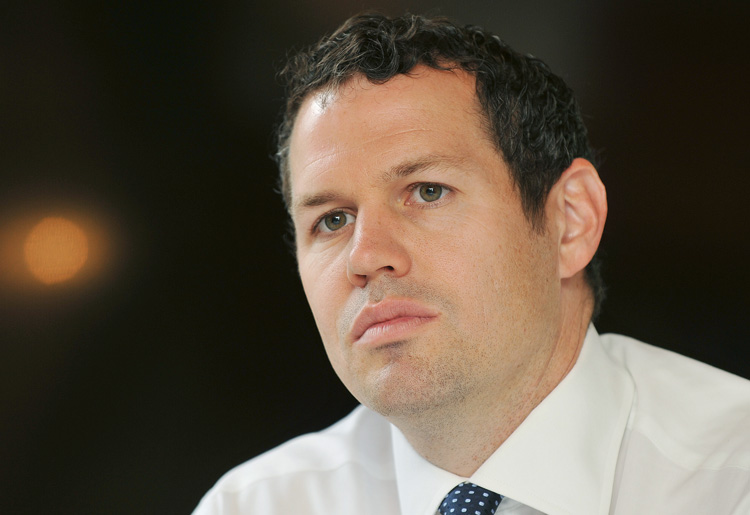Craig Moran
Craig Moran, fund manager at M&G investments argues that as market volatility increases, the absolute return features of diversified growth funds will now be properly tested.
Diversified Growth Funds (‘DGFs’) have grown in popularity and in number since the financial crisis. They are a variety of multi-asset portfolio, but differ in that they typically have objectives focused upon absolute return-driven outcomes, rather than being measured relative to a benchmark or sector.
These outcomes are typically attractive to pensions and other institutions in that they focus on delivering growth-like returns with lower-than-equity volatility and possibly an emphasis on shorter-term capital preservation. For more mature pension schemes with less tolerance for volatility but which remain underfunded, these characteristics are extremely valuable as an alternative toequity holdings.
Beyond this, the DGF label covers a wide variety of different strategies for achieving these goals. Approaches can range from strategies that resemble traditional multi-asset portfolios to those more traditionally associated with hedge funds.
This makes comparing DGFs a challenge at any time, but this challenge is arguably compounded by the market environment over the past decade. A background of very strong performance from fixed income assets and negative short-term correlation between fixed income and equity in volatile periods has meant that a wide range of multi-asset strategies, including more traditional variations or heavily fixed income-weighted approaches, have been able to achieve DGF-style objectives.
However, the absolute return nature of DGFs means that they are designed to deliver their target risk return outcomes over all conditions, not just those supportive for static, long-beta multi-asset portfolios. And today, there are real signs that the environment is beginning to change, and DGFs seem likely to be property tested.
The first challenge has been on the ability of DGFs to deliver the ‘G.’ Traditional ‘safety assets’ like government bonds still provided protection in the period of equity market weakness in the first half of 2016, but total returns on US 10-year Treasuries are close to flat since the start of 2015 and so are those on on UK Gilts over the last two years, even before inflation. At such low yields, many ‘safety’ assets have far less scope to deliver capital gains.DGFs which have relied on this factor will have disappointed in terms of absolute returns in recent years.
Institutional investors with a greater emphasis upon short-term capital preservation may have been prepared to accept the lower absolute returns from some DGFs on the basis that they offer possible protection in tougher times. However, even this diversification seems less likely to be achievable through traditional means. We have already seen in 2018, and previously in 2013, how rising interest rate expectations can be negative for returns on fixed income and growth assets.
If we are to enter an era of materially higher rates and less supportive policy in general, then those assets which have been safe havens throughout much of the last 10 years could be at the very heart of broader market risk. In such environments the scope for diversification among long exposure to traditional asset class beta would be much reduced.
Finding diversification and delivering attractive returns uncorrelated to existing positions in pension portfolios will require the use of less traditional approaches. These might include the ability to seek a wider universe of asset classes and regions, to take short positions, and to be highly dynamic in changing portfolios to capture opportunities as they emerge. Management of such strategies will need to be highly active either in the ability to take off-benchmark bets, to manage holdings in alternative assets, or make frequent big shifts in asset allocation.
DGFs will therefore have to show that they are not merely traditional multi-asset portfolios with new branding, and that they can genuinely offer return profiles that are not available elsewhere. DGFs emerged in response to the real needs of pension funds, but their success has come against a background that – with hindsight – has been supportive to achieving these goals. The need for the outcomes that DGFs promise has not gone away, but with signs that recent tailwind to achieving those outcomes could become a headwind, DGFs will have to prove their worth.



